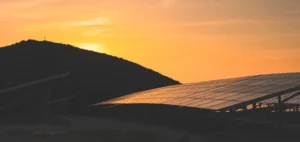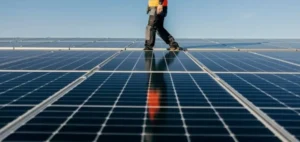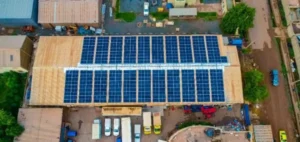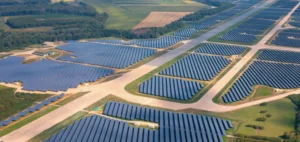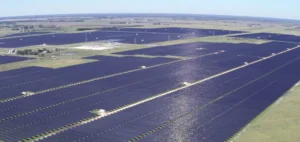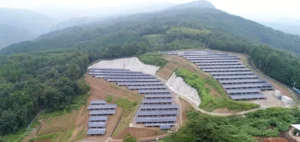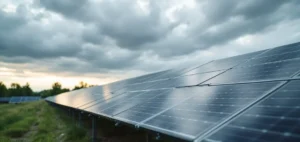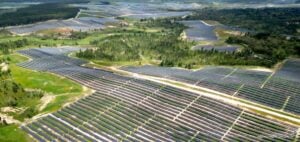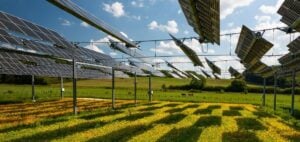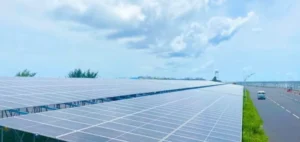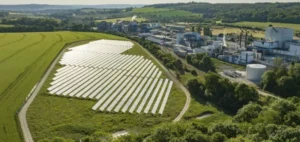China brings an end to an era of artificially low prices in solar. The gradual cancellation of the 13% VAT rebate on photovoltaic module exports comes after a year marked by a historic drop in prices to $0.07 to $0.09 per watt, down from $0.25 in 2021. This fiscal and industrial pivot is part of a broader strategy to regain control of a market that had fallen into a price war devastating to Chinese manufacturers. According to multiple market analyses, this decision could raise prices by 9% starting in the fourth quarter of 2025, with an additional 5-7% increase expected in 2026.
A Coordinated Intervention to Stabilize the Sector
Chinese authorities have imposed a voluntary reduction in production for polysilicon, wafers, and solar cells, estimated at nearly one-third of national capacities, or about one million tons of polysilicon. The major companies involved – Tongwei, Daqo New Energy, GCL Technology, and Xinte Energy – have agreed to limit their output to restore sector profitability. The Ministry of Industry and Information Technology has also tightened energy efficiency standards, forcing the closure of hundreds of outdated factories. This policy aims to create a vertical consolidation of the solar industry, similar to what the Chinese steel sector underwent in the early 2010s.
An Immediate Shock for International Developers
International developers, particularly in Europe and the U.S., are preparing for a forced renegotiation of their supply contracts. Deliveries scheduled after November 2025 are expected to be re-priced, with certain adjustment clauses now being activated. In Europe, the average cost of ground-mounted solar plants could rise by 5 to 8%, impacting levelized cost of energy (LCOE) levels and delaying financial closure for many projects. In the U.S., reliance on Chinese imports remains above 70% despite the Inflation Reduction Act (IRA), exposing American developers to similar pressures.
Rising Trade and Regulatory Tensions
This adjustment comes amid growing global trade tensions. The Uyghur Forced Labor Prevention Act (UFLPA) in the U.S. has already led to the detention of more than 16,000 solar shipments since 2022, representing over $3.5 billion. The European Union has initiated several investigations into the subsidies provided by Beijing to its solar manufacturers, though it has refrained from blocking imports due to concerns about slowing its climate goals. In India, the government has reduced customs duties on modules to 20%, while considering new anti-dumping duties on Chinese cells to protect its local industry.
A Global Rebalancing of Flows and Industrial Strategies
China’s decision will have a domino effect on emerging markets. Gulf countries, particularly Qatar and Saudi Arabia, already engaged in large solar programs, will have to contend with higher import costs for their tenders in 2026. Asian developers are already looking to diversify their sources to Malaysia and Vietnam, where several Chinese assembly lines have been relocated to bypass customs barriers. In Europe, manufacturers are trying to restart domestic production, but their costs remain 30-40% higher than those of China.
A New Hierarchy in the Solar Market
China retains about 82% of global module production capacity, but this reform allows it to control the price floor. By moving away from the zero-margin export model, Beijing is now using price increases as a regulatory tool rather than a sign of imbalance. This repositioning redefines the power dynamics in the industry and may encourage increased regionalization of supply chains. For investors, this shift marks the end of a deflationary cycle and the beginning of a period of stabilized but higher costs.



